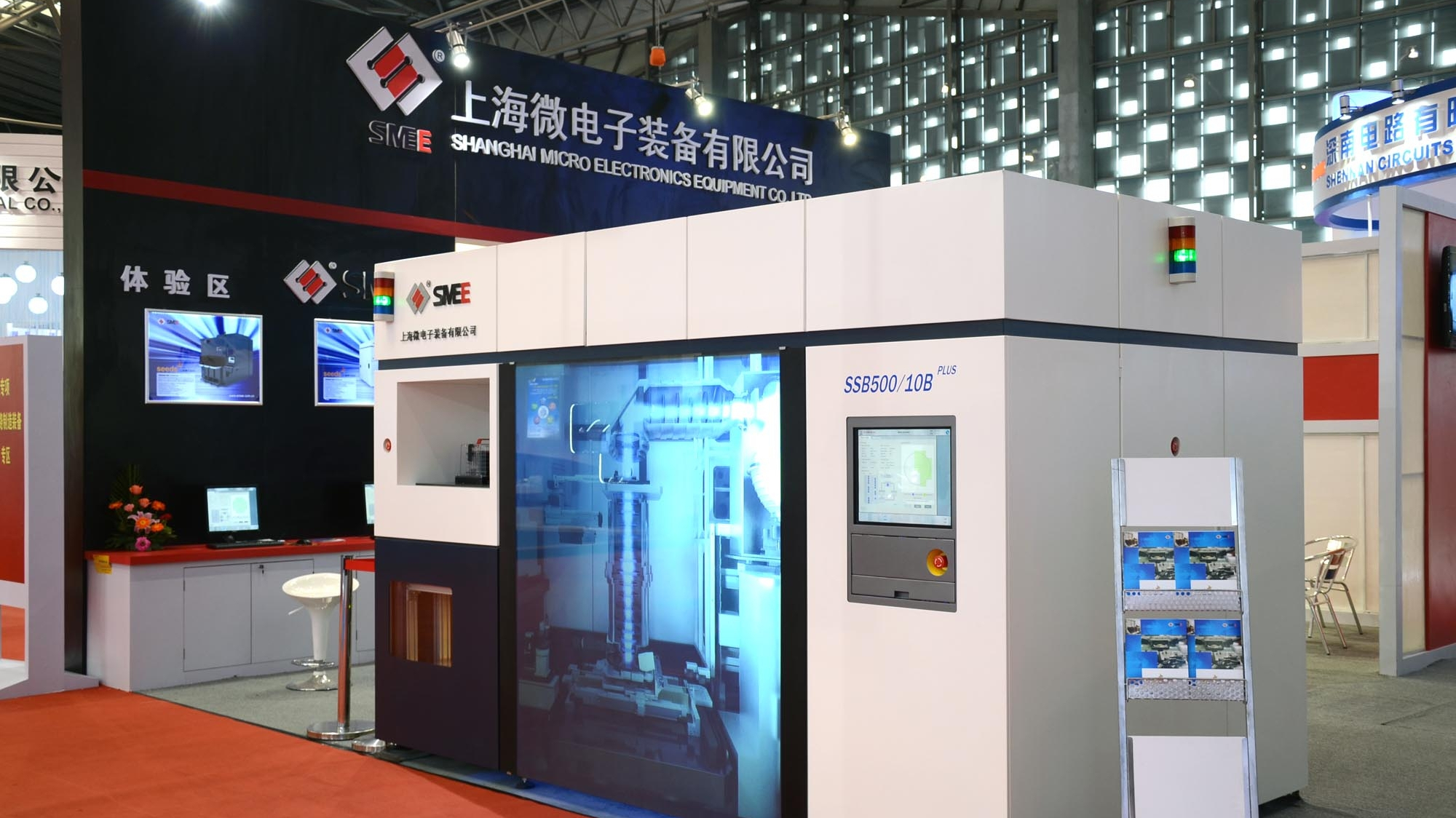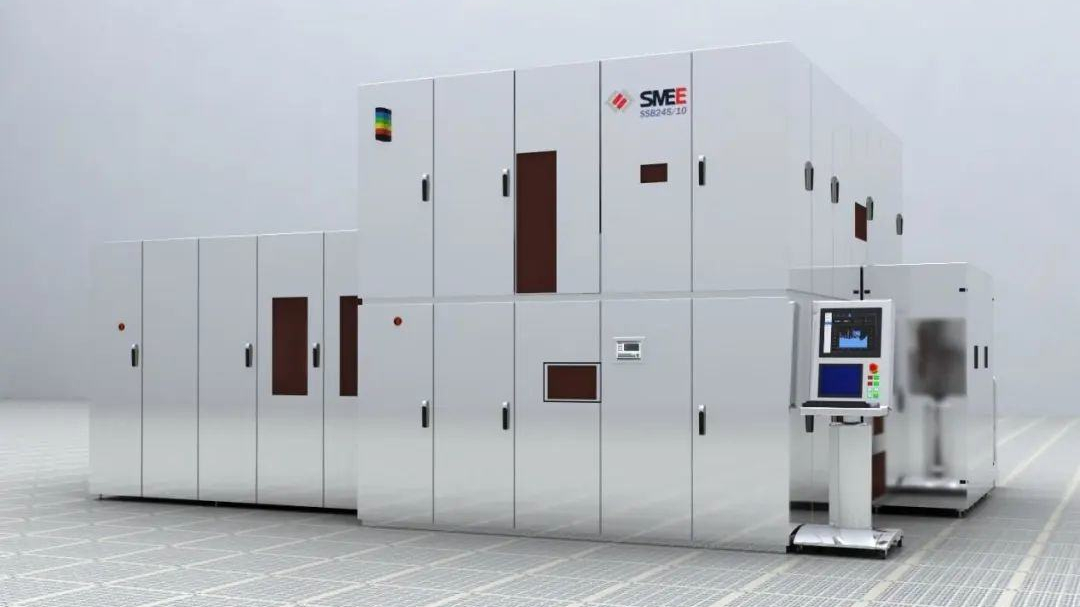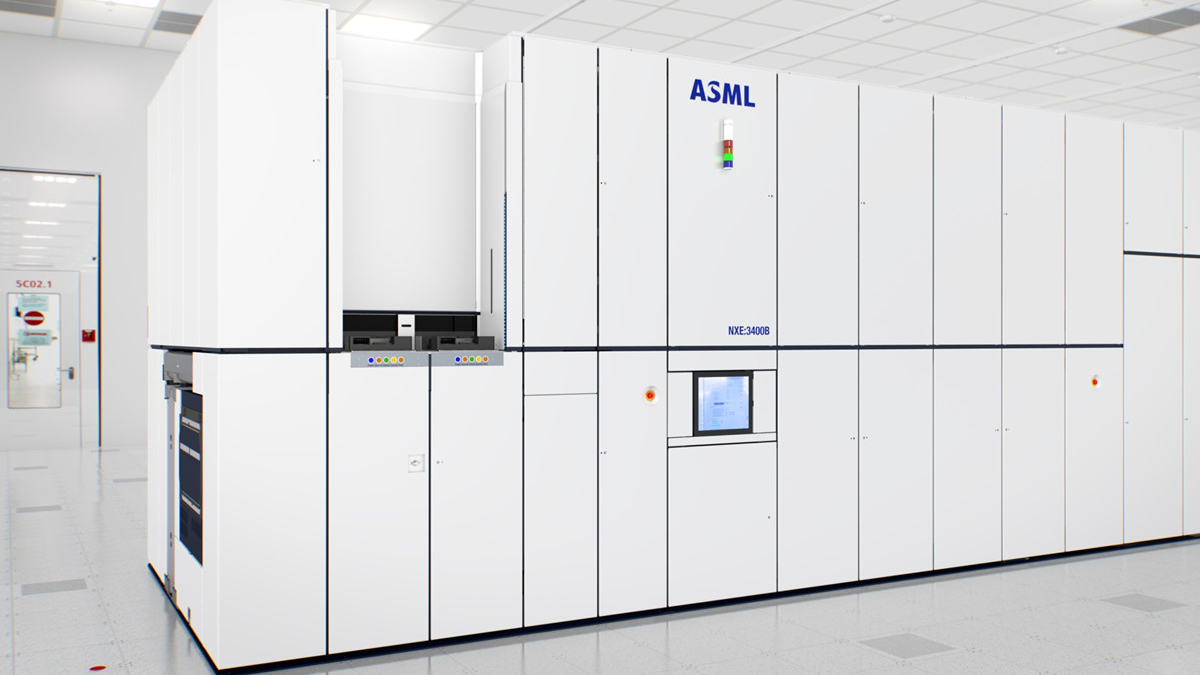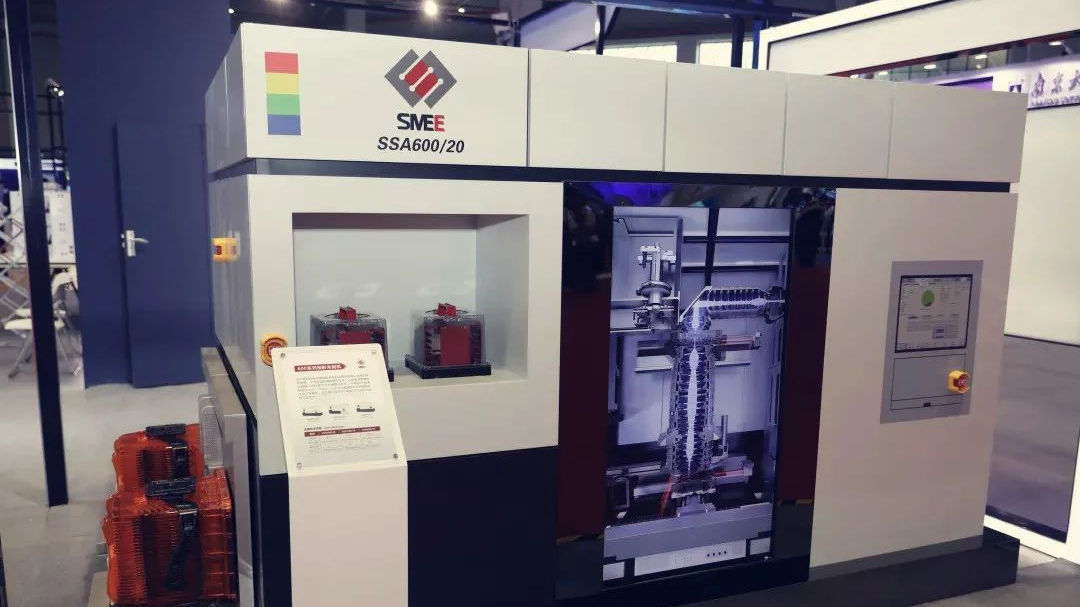Another "enemy is doing us good!" self-rationalization and self-comforting. Sour grapes. "Those grapes were sour. They thankfully took away the sour grapes for us!" As if Huawei was the super-heavy weight, monopolistic sole smartphone company in China. China already had many medium sized and small sized focused smartphone companies regardless of sanction. If there is a problem in China, it's China's job to sort it out, that's the right attitude. And as if the Chinese market was the only market that China needs to care about, and suppressing a big Chinese company was somehow an anti-trust job. Already Apple is dominating the Chinese market more than before, of course in addition to the already dominating wealthy markets i.e. Western and Japanese market as always. I don't know how on earth that is an anti-trust job for China. You do not think about the aspect of Chinese companies selling in other markets.2) In the smartphone arena, it is healtier for China market to have a number of medium sized, focused companies, than a super-heavy weight, with interest in hundreds of different fields, that dominates the market. It's like US made some kind of anti-trust job for China...free of charge
These days, smartphone isn't an island, it's the hub for whole other smart devices and the platform consisting of "hundreds of different fields" and expands to/combine home, auto, health, engine and all kinds of services and software in the smartphone, and uses and contains technology and knowhow from "hundreds of different fields" in designing and making smartphones from every component, all of which together demanding tremendous amount of capital and labor, collaboration and synergy between so many different departments under the company, which smaller companies can't/won't do.
Anti-trust job? In reality there are inevitable reasons why only a couple of tech dinosaur companies dominate and have monopoly in each field in the world and even the US government is tolerating that monopoly in this age unlike in the past. Chrome would not sustain if not under Google. People these days want to be in All-Apple ecosystem or All-Google ecosystem. Brand recognition and brand value are what China lacks and that's partly a reason why people often say "Chinese phones", "Chinese OEMs". I feel you describe Huawei as "a super-heavy weight" but even for "super-heavy weight" Huawei or BBK, their global presence is still in its infancy compared to American giants. "medium sized, focused companies" you say which are even smaller than Huawei are irrelevant outside China. Medium sized companies just don't have enough resources to operate and manage things on the global level. Medium sized smartphone manufactures were decimated long time ago in the global market by the few giants with their massive overwhelming marketing, distribution, legal team and brand power. If you're only focused (meaning rely) on selling smartphones, your company will easily shake when smartphone sale isn't good and vulnerable when your big competition uses multiple arms from multiple means to attack you.
Samsung, Apple and Google have been doing all different things in fields far from consumer markets all along without any being forced. So don't tell me it's a good thing to be forced. "chips and AI systems instead of smartphones"? No. Chips and AI systems are not separate things with smartphones. Do you not know that Apple, Google and Samsung use their own exclusive chips and AI systems in their smartphones/tablets/smartwatches/PCs/earphones/smart tags and all smart devices - exclusively available and optimized for their own products - and that's their huge advantage and differenciating factor (Samsung's Exynos isn't performing well lately though) and the news of car companies having their own autonomous driving?3) Huawei has been forced to reinvent itself in fields far from consumer markets: software, autonomous driving, semiconductor manufacturing. If Huawei produces chips and AI systems instead of smartphones this can only be good for China. Maybe not for Huawei revenues, but looking at the global picture, revenues of a single company are not as important as the revenues and health of the total China high-tech sector.
Your theory for fragmentation of corporations into smaller pieces is the opposite of the current industry reality.
Last edited:





